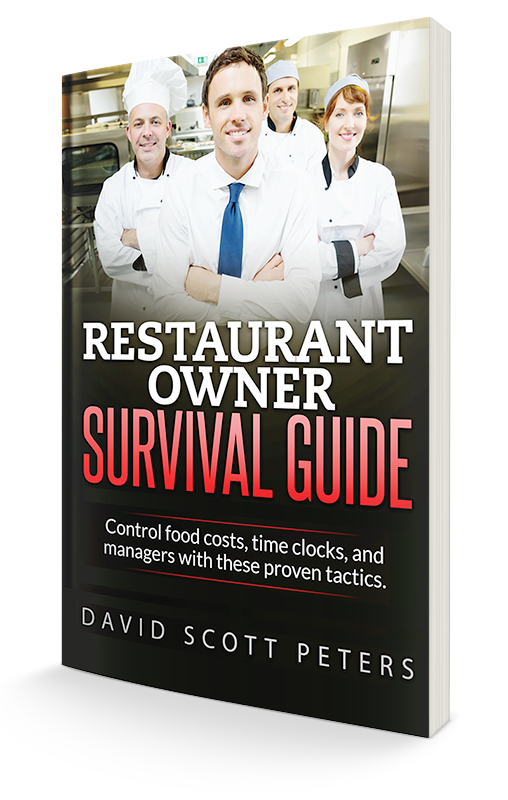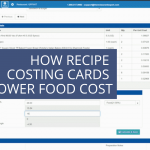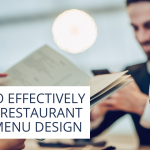Why the Prime Cost Formula Matters to You
The prime cost formula is the grand total of your total cost of goods sold, which includes both food cost and liquor (also known as pour cost), and total labor cost. (In order to have an accurate prime cost number you must be on an accrual accounting system.) It’s a key number in running a profitable restaurant
Cost of goods sold (COGS): To calculate your actual cost of goods sold accurately, you start with your beginning inventory, add to it your total purchase for that period (in this example, let’s say one month), then subtract your ending inventory. The sum of this calculation will give you your total cost of goods sold (the total of all product you physically used or left your shelves during that month).
Labor cost calculation: Total labor cost includes not only the total wages your employees have earned for that period (again for this example we will use a month), and this is where most restaurants stop, but is also includes total taxes, benefits and any insurances paid (workers’ compensation and health insurance).
What is the ideal prime cost?
Because it was what I learned, I used to teach that the prime cost target was 60–65 percent for a full-service restaurant and 60 percent for a quick-service restaurant. For years I consistently helped my members consistently achieve 60 percent, but we worked with our systems and worked that prime cost formula and found there was even more room to reduce prime cost. With rising costs in food and labor over the last several years and the recession, the margins are shrinking on a daily basis. What I can tell you is that if your restaurant is doing at least $850,000 or more a year, the NEW prime cost target is 55 percent.
If you’re able to consistently achieve a 55 percent prime cost, you’re looking at a solid 15-20 percent profit margin. Profit is money that goes right to your pocket. When I first start working with an independent restaurant, I don’t see many eking out even a 5 percent profit margin on average. But our members, using systems, our restaurant management software, Restaurant Systems Pro, and the prime cost formula consistently achieve anywhere from a 15-20 percent profit margin.
What could you do with those extra profits? Pay yourself a salary, maybe? Or reinvest in your restaurant? The sky’s the limit once you have consistent profits you can rely on because you’re hitting a 55 percent or better prime cost.
If you’d like to learn more about how to calculate the prime cost formula and accurately monitor it, request a free demo of our restaurant management software, Restaurant Systems Pro.
For systems you can use to lower food cost in your restaurant, download our free report, 3 Simple Systems to Cut Food Cost 2-3% Overnight. You can also view tips to lower food cost in your restaurant on this YouTube channel playlist.





